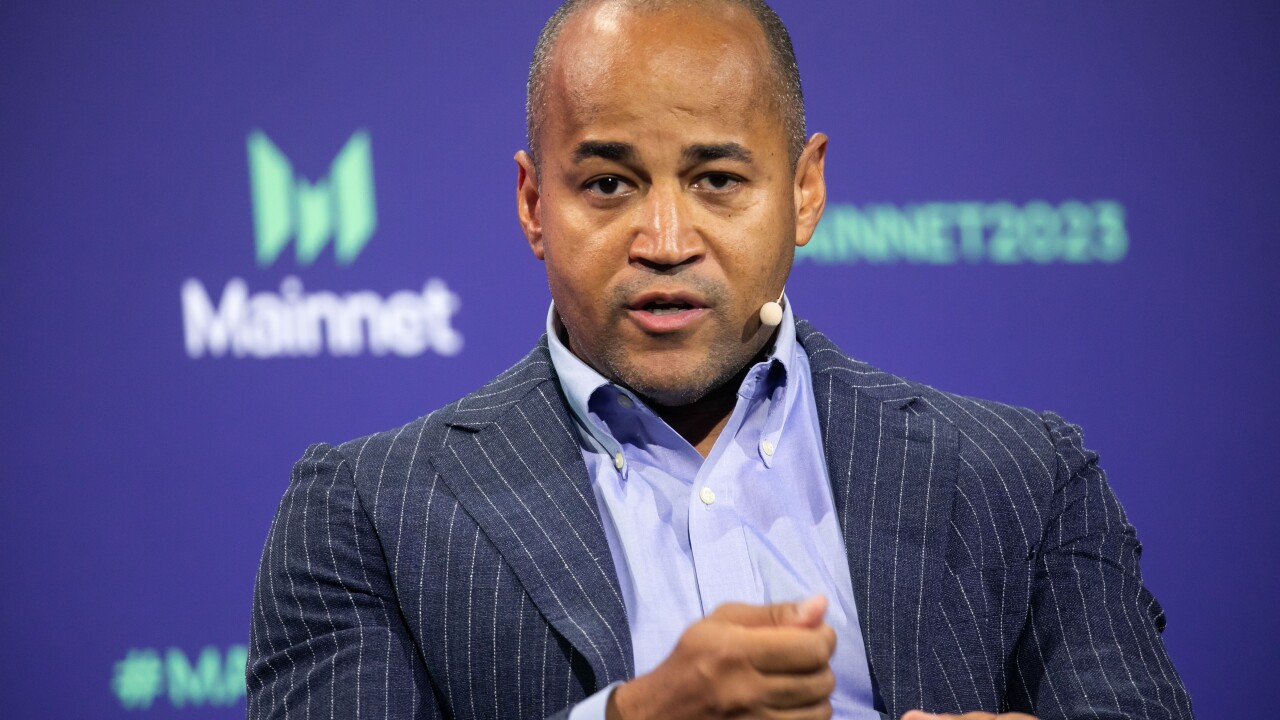Retailers have responded well to the pandemic by pivoting to online commerce this year, but their work is only just getting started. Payment diversification will be a crucial next step in 2021.
As consumers continue to embrace shopping online, often engaging with retailers they haven’t purchased from before, we will see growing demand to introduce new digital payments methods that address customers’ safety and security concerns.
Being able to pay on delivery, with tokenization, biometric fingerprint cards, vein scanning or phone-to-phone payments with variety of card options helps create a universe consumer choices based on convenience, personal preference and better financial fraud protection.
In the quest for truly contact-free payments in the pandemic, QR codes will continue to prove their resilience, especially in emerging markets. We can expect QR codes to dominate in these fast-growing markets such as Asia, over other payment methods such as NFC-enabled cards. Unlike card transactions which require merchants to invest in costly and complex point-of-sale terminals, QR codes are cheap to deploy and easy to use.
In the next year, we can expect to see QR code-based payments become even easier for consumers to use. Thanks to integrations with digital wallets, we’ll start to see wider adoption in both developing and developed markets.
The QR code payment solutions available today require an app, for example developed by a retailer, that can only be used in its stores. However, in China, where QR codes are wildly popular, consumers can make QR code-based payments using a digital wallet such as Alipay or WeChat Pay. In developed markets, leveraging popular digital wallets built into consumer smartphones, such as Apple Pay, Samsung Pay and Google Pay, will make QR codes more accessible. Customers will no longer need to download separate apps, but instead can use their favorite wallet to make a purchase with ease.
COVID-19 has been the catalyst for national and local governments around the world to embrace digital services. This is becoming particularly visible in transport, where we started seeing individual public transit ticketing systems and piecemeal approaches to digitizing infrastructure elements replaced with end-to-end services.
We will soon begin to see smaller cities in developed countries as well as large cash-based cities in emerging markets easing into cashless fare collection across different modes of transport. The benefits of a simple tap-to-pay will go way beyond a matter of social distancing, as we expect to see greater willingness among citizens to use cashless payment methods in other scenarios.
This will be a huge opportunity for the payments industry.





